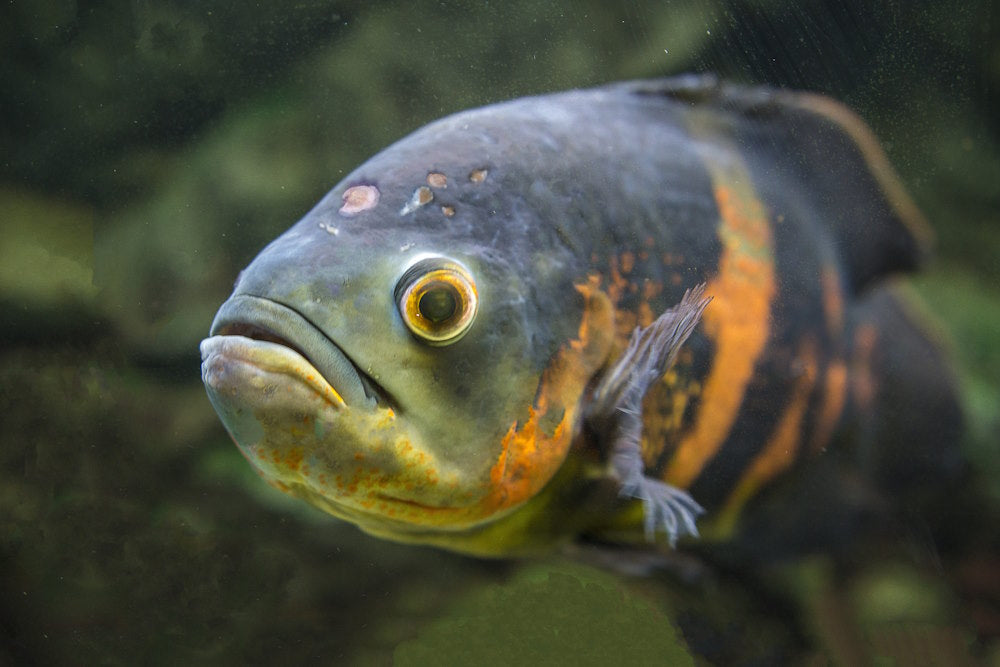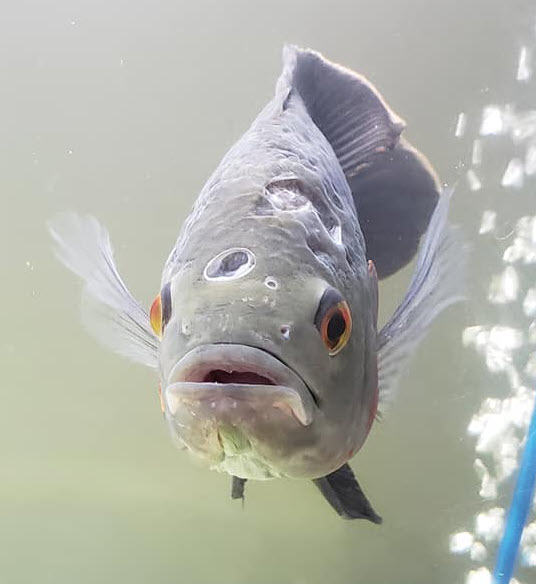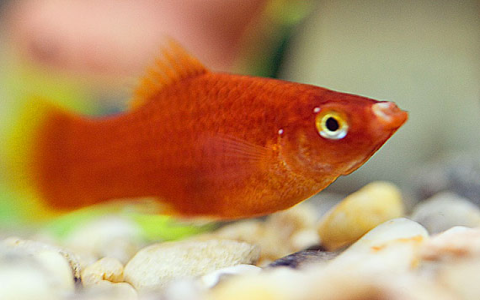My Journey Treating Oscar Hole in the Head
Okay, let’s talk about something frustrating: dealing with hole in the head disease, specifically with my Oscar fish. It wasn’t a fun time, let me tell you. I remember looking at my big guy one morning and seeing these tiny little pits starting to form near his eyes and along his lateral line. At first, I wasn’t sure what it was. Maybe he scraped himself? But it didn’t look like a normal scratch.
So, I did what most of us do – I started digging around online. Typed in stuff like “Oscar fish head pits” and “holes on fish head”. Lots of results popped up, and the name “Hole in the Head” or HITH kept appearing. The pictures looked worryingly similar to what was happening to my fish. Seemed like it wasn’t just one single cause, which made things tricky. Stress, bad water, poor diet, even parasites were mentioned.

Seeing those little pits getting slightly worse confirmed it for me. It really looked like HITH. The areas weren’t huge yet, more like small erosions, but definitely not right.
Starting the Fix: Water First!
The first thing everyone seemed to agree on was water quality. Made sense. So, I jumped right into that.
- I started doing more frequent water changes. Like, seriously upped the schedule. Went from my usual routine to changing about 30-40% every couple of days.
- Double-checked all my water parameters. Tested ammonia, nitrite, and nitrate levels like crazy. Wanted to make sure everything was spot on, zero ammonia, zero nitrite, and keeping nitrates low.
- Cleaned the filter media more regularly, but carefully, using tank water so I didn’t kill off all the good bacteria.
- Added a bit of aquarium salt during the water changes, following the dosage instructions carefully. Heard it could help with stress and healing.
This felt like the most basic, important step. Got to give the fish a clean environment to heal, right?
Next Up: The Food Situation
While keeping the water pristine, I looked at his diet. Oscars are pigs, we all know that. I realized maybe I was giving him too much of the same stuff, maybe some feeders that weren’t the best.
So, I changed things up. I cut back on some of the fattier foods. Started focusing on high-quality pellets specifically made for cichlids. I also made sure to soak the pellets in vitamin supplements sometimes, like Vitachem or Selcon, just to boost his nutrient intake. Heard lack of certain vitamins could be a factor in HITH. Tried adding some blanched veggies too, like peas, though he wasn’t always thrilled about those!
Considering Medication
After a week or two of super clean water and better food, the pits seemed to stop getting worse, which was good. But they weren’t really healing much either. This is where I decided maybe medication was needed. The parasite connection, especially something called Hexamita, kept coming up in my reading.
Metronidazole seemed to be the go-to treatment. I decided to try medicated food first, rather than treating the whole tank. Seemed less stressful for the fish and the biofilter. I got some Metro powder, mixed it with his favorite pellets after soaking them a bit so the powder would stick, let it dry slightly, and fed it to him. Did this for about a week or so, following the dosage advice I found.

Watching and Waiting
This whole time, I was just watching him closely. Every day. Looking for any changes. Did the pits look deeper? Were new ones forming? Was he eating okay? Acting normal? It’s stressful, constantly peering into the tank hoping for improvement.
Slowly, very slowly, after the water changes, diet adjustment, and the round of medicated food, I started to see the little erosions begin to fill in. It wasn’t overnight, took several weeks really. But the progression stopped, and healing started. It was a huge relief.
Keeping it Gone: The Long Haul
Even after he looked healed, I knew I couldn’t slack off. HITH seems like something that can come back if conditions aren’t right. So, I stuck with the improved routine:
- Consistent, large water changes. No skipping.
- Varied, high-quality diet with vitamin supplements regularly.
- Keeping the tank clean and monitoring water parameters.
- Making sure nothing was stressing him out too much.
It’s been a while now, and thankfully, no return of those nasty pits. It took effort and patience, but seeing my Oscar healthy and active again made it all worth it. If you see signs of HITH, act fast, focus on clean water and good food first, and consider medication if needed. That’s what worked for me.



















